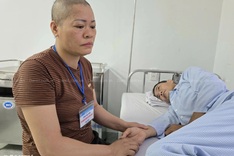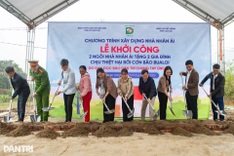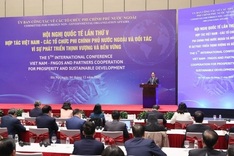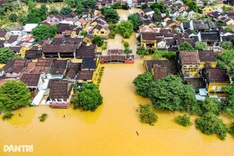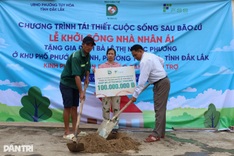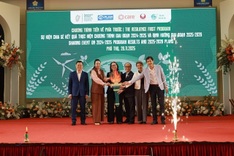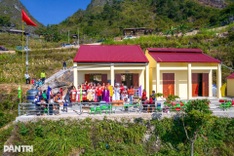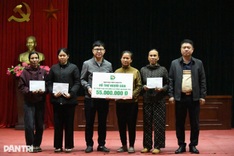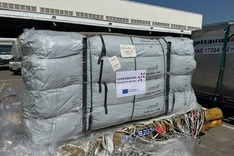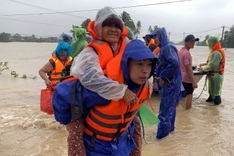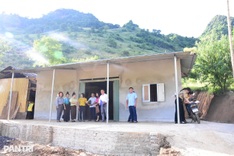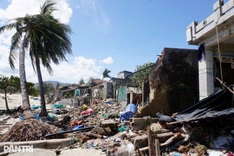A photo essay by BBC on various ways that Vietnamese people are using to adapt to climate change in the Mekong Delta.

Ho Chi Minh City, formerly Saigon, is the largest city in Vietnam. Its low-lying position makes it vulnerable to the effects of climate change – sea level rise and extreme weather. The same is true of the nearby Mekong Delta.

The delta gets some protection from the Can Gio mangrove forest, 40km from Ho Chi Minh City. Millions of trees form a front line against storm surges.The delta gets some protection from the Can Gio mangrove forest, 40km from Ho Chi Minh City. Millions of trees form a front line against storm surges.

Covering 75,000 hectares, the forest also helps to prevent coastal erosion, and serves as a “green lung” – the mangroves take CO2 out of the atmosphere and store it in their root systems.

Some other regions of the Mekong Delta lack protection from mangroves. These areas are susceptible to rising sea levels and an increase in salinity. Sea dykes have been constructed to limit the intrusion of salt water.

The Mekong Delta produces most of the country’s grain and 90% of its exports. Farmers have already begun to alter crop cycles and plant new varieties of rice, in response to changing weather patterns.

Tran Thi Hong from Long Dinh village says growing rice has become harder recently. “Our grandfathers had a saying: “We can forecast the weather, we can predict the harvest.” Now it’s very hard to predict anything.

Many villagers protect themselves from sudden water level rises by building their houses on platforms.

Tombs as well as houses can be vulnerable to flooding. They have traditionally been built on mounds but the one in the middle of this waterlogged field would not survive a deeper flood.

For extra security, Tan By and his father constructed this tomb on stilts instead of on the ground. Tan By says his father didn’t want his body “to be drowned” after death. “He wanted it built in the air, to avoid the floods.”

If flood levels rise, more and more people my have to adapt to life on water. In Can Tho the floating market has been functioning for years.

People buy from farmers and act as wholesales to small boats which market the fresh produce to communities along the river. They mainly row, so the environmental cost of the journey from field to bowl is minimal.
Photos: Emma Lynch/BBC

